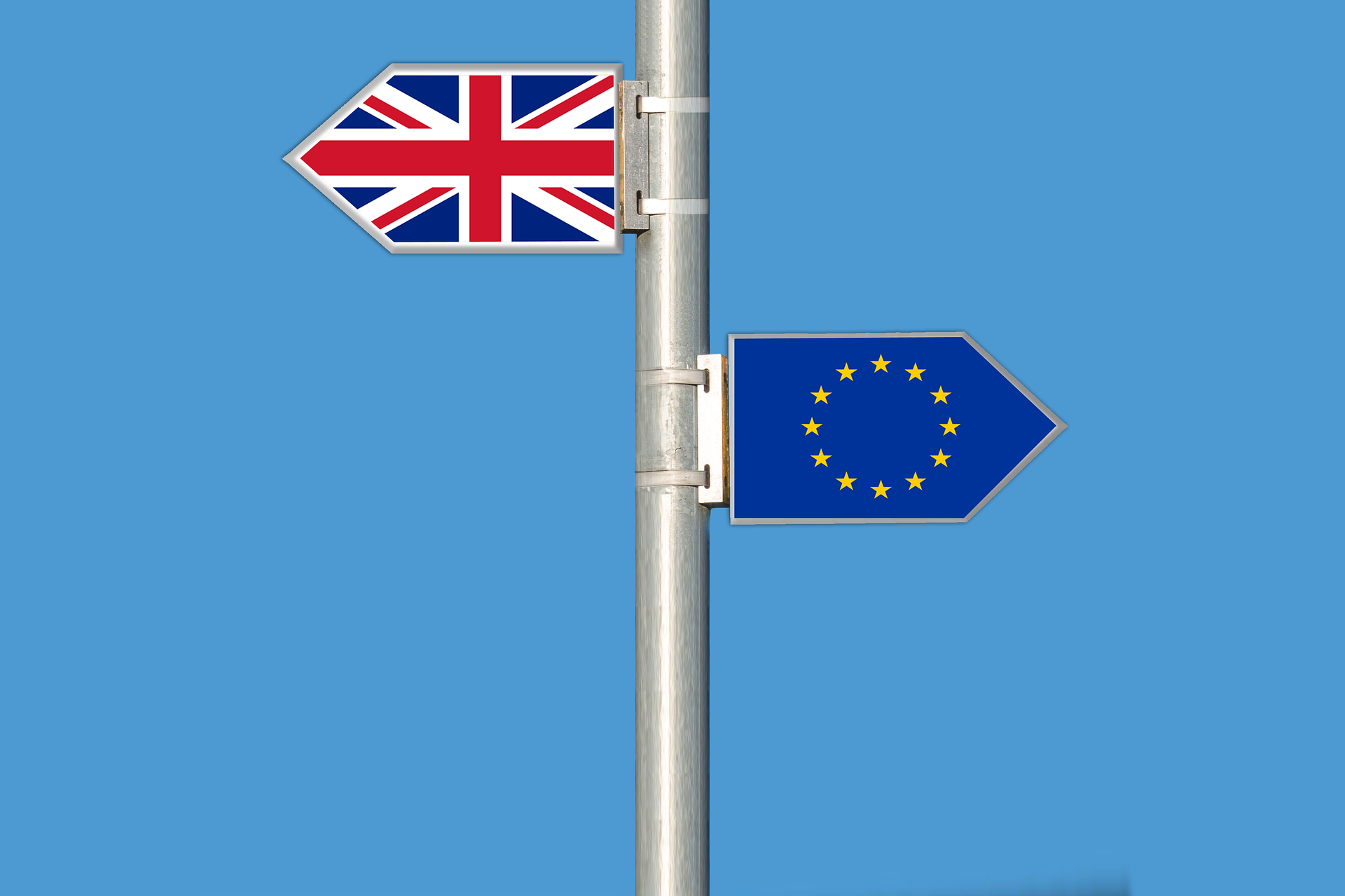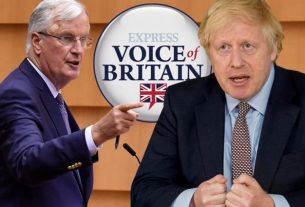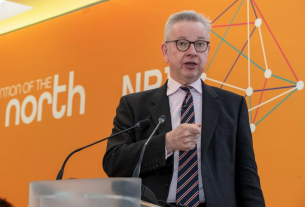Politicians returned to Westminster this month after their summer break – and among the welter of Brexit issues waiting to greet them was the thorny one of the Irish border.
With around 80 per cent of the text of the withdrawal deal between Britain and the EU agreed, it is what happens to the border between Northern Ireland and the Republic of Ireland that could make or break any deal, regardless of whether or not Theresa May survives as Prime Minister.
While MPs were sunning themselves, a summer of negotiations on the backstop arrangements to avoid a hard border got nowhere and if that does not change, all bets could be off, meaning no deal and the hard Brexit feared by all except the most extreme Leavers.
The EU’s chief negotiator Michel Barnier made that clear after talks with Brexit Minister Dominic Raab when he said: “This backstop is critical to conclude the negotiations…. without a backstop, there is no agreement.”
There are two backstop options under discussion as the two sides try to reach a deal for their future relationship after Britain leaves the EU in March next year:
- The EU favours Northern Ireland remaining in a customs union with Europe, even if the final deal sees the rest of Britain re-imposing customs and other border controls.
- Prime Minister Theresa May’s ‘Chequers Plan’ calls for a common rule book on goods and food that would remove the need for checks at the Irish border, while allowing the UK to divest itself of EU rules on services.
The problem is that both sides refuse to accept the other’s proposal, leaving an impasse that shows no sign of being resolved.
Mrs May says the EU plan to keep Northern Ireland in the customs union would throw up an economic border that is unacceptable. For the EU, Mr Barnier, is having none of Mrs May’s plan, claiming it weakens the very fabric of the European project by allowing the British to cherry pick bits of the single market they like.
EU leaders meet in Austria next week for an informal session, when Brexit and the Irish impasse will be high on the agenda. Mrs May will hope that her European counterparts will recognise that her Chequers plan and the White Paper that followed it signify a positive response to EU demands, allowing progress to be made.
But the clock is ticking and a Brexit deal needs to be done and ready to sign off by EU leaders at the European Council summit on October 18. Many of those close to the talks expect this will not happen and the deadline will slip back to November, in which case a special summit would have to be arranged.
Ireland is not Mrs May’s only headache. She also has to agree the nature of the future relationship between Britain and the EU and then win Parliamentary approval for it – a huge task given the splits in her own party over Brexit, alleged plots against her by hard line Brexiteers and the fact that the Labour opposition are likely to vote against whatever she comes back with.




